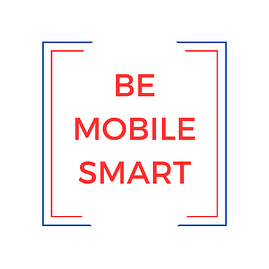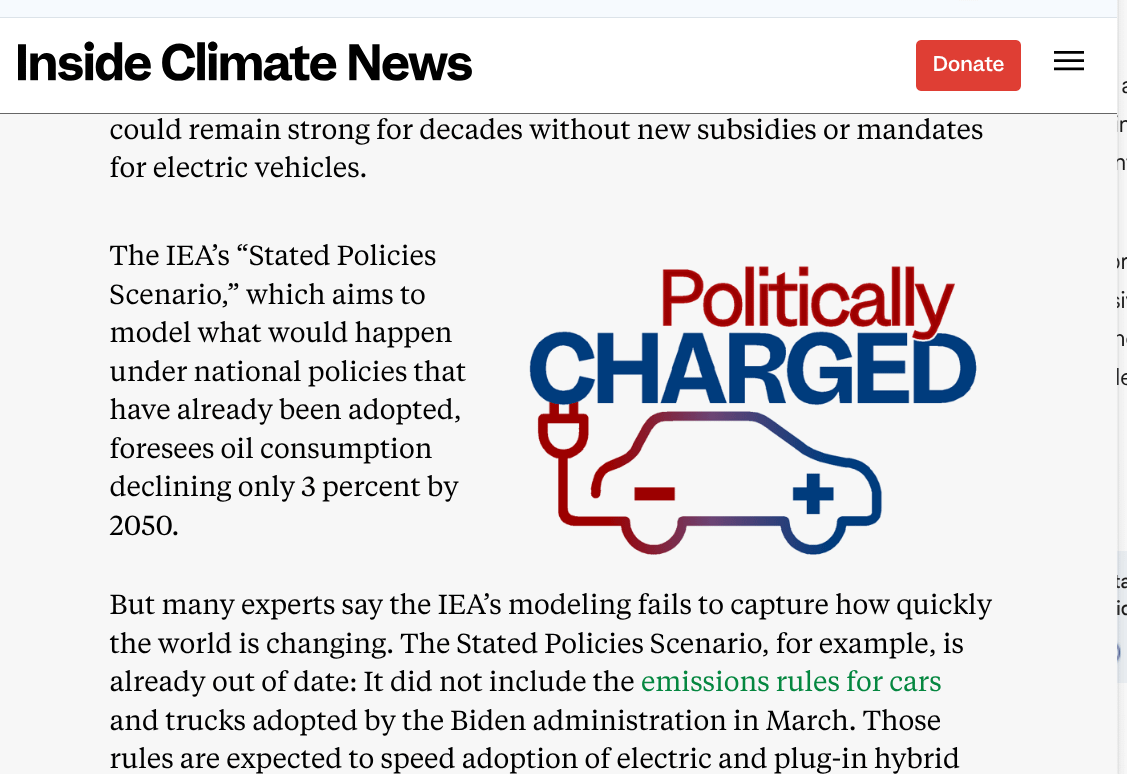Electrical outlets are everywhere yet inaccessible for drivers travelling the interstate system in an electric vehicle (EV). They need a DC fast charger, not ones operating at Level 1 or Level 2 speeds. A federal program called the National Electric Vehicle Infrastructure (NEVI) aimed to change that by building out DC fast charging stations at 50 mile intervals. Now that the funding has been revoked, there are alternatives that will require some vision to move forward. For drivers, it’s a question of ‘to charge or not to charge’- navigating Interstate travel for EVs.
But first, a quick review: the NEVI program was created in 2021 by the Bipartisan Infrastructure Law. Five million dollars was allocated for highways, along with $2.5 billion more for hydrogen stations and community projects. When NEVI ramped up in 2023 and 2024, about 60 fast charging stations got built out. Most of the awards went to existing players, like Tesla and interstate rest-stops – e.g., Loves, Pilot and Flying J. It’s reported that the cost of a build out ranged between between $122,000 and $440,000, but that’s in California. The (academic) authors of this study observe that expense and time could be reduced when electrical utilities are brought in earlier.
But as the NEVI program goes dark and the government draws back how do we continue to incentivize the sale of electric vehicles and build out the fast charging infrastructure?. Put differently, what will encourage an end-to end charging network, across the roughly 2,034 mile corridor without financial guarantees and expedited permitting?
Here are some ideas:
- Travel stops, e.g. Loves, continue to partner with Electrify America and other charging station companies. Yes, there is conflict. These service stations were initially built for gasoline refueling, but there should bring experience from NEVI projects for a business model with multiple refueling options.
- Credits: Elon Musk had this inspiration before other entrepreneurs. He initially sold carbon credits to offset the expense of building EV charging stations. Tax credits provided a second windfall. Currently the Alternative Fuel Vehicle Refueling Property Credit is available for qualified charging installations from January 1, 2023 through December 31, 2032.
- Ancillary businesses just off the freeway, say food or hotel chains, can contract to install DC fast chargers at their site. Putting chargers where people stop for 20 or 30 minutes, accelerates their sale of food and merchandise. Recently, both Hilton Hotels and Best Western Hotels partnered with Tesla to install Universal Wall Connectors (perhaps Level 2 overnight charging).
- Solar/Battery options emerge: Department of Transportation sites might turn to using solar energy generated on their own property (see a Georgia product called TheRay). Roving service trucks could provide battery top-offs , a service operated today by some of the automobile clubs.
- Alt Technology: The absence of fast DC charging stations might give a nod to different technologies. Conductive charging (overhead wires) have long been used in cities to power trams and buses. Now pilot testing in Sweden, Israel, and Detroit has studied the feasibility of burying charging coils in the roadway. That produces a wireless, inductive method of recharging electric vehicles, whether driven or parked. ENRX, an Israeli company is best known for developing this alternative.
- APP Intensive and Maintenance Logs: Longer distance drivers, particularly non-Tesla owners, will become more familiar with apps that optimize route planning for electric vehicles. They desperately need to know which stations are operable, their charging speeds, and be informed about maintenance issues at the charger. Charge Point, and other companies, need to provide 99 percent up time and reliability at their stations. As of 2023, non Tesla owners can, in most instances, use the Tesla Supercharging network, providing they attach an adaptive coupler. Cars made later this year and beyond will be designed with a standard compatible port.
Next Stops:
All EV drivers might hope that the government’s NEVI program will go into temporary remission and reemerge with faster, streamlined construction projects. To keep the momentum of electric vehicle sales, having a built-out interstate system is an imperative. The Ray project is perhaps the best example of a new twist on NEVI, one within the operating scope of most state Departments of Transportation.
In the short run, reliance on the built-out Tesla network may provide EV relief. The good news is that the existing coast-to-coast Tesla charging network may accommodate needs, particularly if Tesla continue to expand its network of stations. Drivers of other automotive brands, say Chevrolet and Kia, also need assurance that they can plan a longer-range trip using apps, and find more LOVEs and less NEVI.

